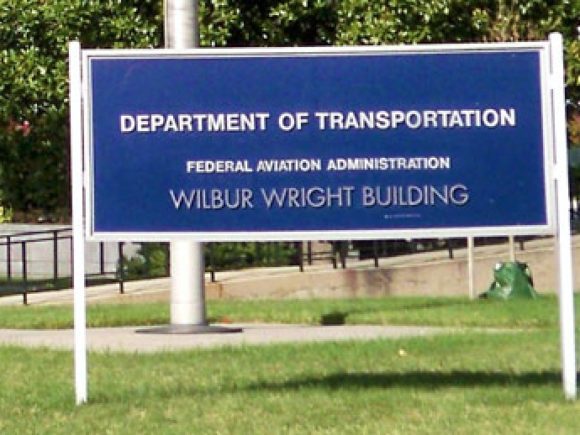
What is the next step after full automatic landings? Full automatic take-offs, of course. Airbus has succeeded in doing this on December 18, the company announced four weeks later on January 16. An A350-1000 test aircraft performed the first fully automatic vision-based take-off from Toulouse Blagnac that day, repeating the feat another seven times the same day.
It is another ‘first’ on Airbus already long list of innovations it has brought to commercial aviation in its 51 years of existence. This marks the start of something big, which – if successful – could change the way airliners are operated.
Called Autonomous Taxi, Take-Off, and Landing or ATTOL for short, the system relies on aircraft-based image recognition systems including a raft of additional cameras and computers.
Airbus still needs to share the details of the system, but ATTOL scans the area around the aircraft and guides the airplane across the airport to the correct runway, from where it takes off by automatically calculating its position and speed.
A video accompanying the press release showed how the two pilots (accompanied by two flight test engineers and one test flight engineer) commenced their take-off roll without interference and the A350-1000 became airborne automatically, while the First Officer made sure the Captain Yann Beaufils didn’t touch the side-stick.
Cameras checked the aircraft kept to the centerline of the runway.
Airbus announced the development of ATTOL back in June 2018, saying at the time it would be tested on an A320. Instead, it has integrated the system on an A350. Flight tests were scheduled for 2020 but actually happened ahead of schedule. Airbus will do vision-based taxi tests and landing sequences by mid-2020.
The airframer says that developing an autonomous airliner isn’t the target of the ATTOL program. It wants to explore the technologies needed for autonomous operations alongside other innovations, including materials, electrification, and connectivity. Combined, they give a pretty good hint to which direction Airbus is looking at for its next-generation of commercial aircraft.
Boeings Mike Sinnett shared his vision of autonomous flying and new technologies during the 2017 Paris Airshow. (Richard Schuurman)
Is Airbus alone in this? Certainly not. Boeing has been actively following this path in recent years, investing in companies like C360 that can develop the (video) technology needed for autonomous operations. Boeing tested the Boeing NeXt passenger air vehicle in January 2019, including systems for autonomous take-off, hover, and landing. This year, Boeing Aerospace & Autonomy Center will move into new facilities in Cambridge (Massachusetts).
We remember Vice President Product Development Mark Sinnett’s presentation at the 2017 Paris Airshow, where he outlined the initiatives and complexities of autonomous flying. With a looming pilot shortage in the coming years, flying aircraft without human pilots, or maybe just one is something that may force the industry toward fully autonomous operations. Recently, Chino-Russian CRAIC said it is considering a single-pilot cockpit on its CR929 widebody airliner.
Sinnett said that public acceptance of autonomous flying would not be the issue, as more and more autonomous functions have entered our daily life. Instead, certification of an autonomous airliner and getting regulatory approval would be the major challenge. Remember he said this on June 21, 2017, the same day Boeing launched the MAX 10, and faith in the US airframer was so different from today. And when public perception of autonomous vehicles was different too, Uber’s and Google’s test vehicles still had to hit the news with some high-profile crashes.
Airbus’ ATTOL’s first successful flight on December 18 is the start of something interesting. Let’s see how quickly this technology matures and how regulators prepare for this game-changing step in cockpit operations.
Active as a journalist since 1987, with a background in newspapers, magazines, and a regional news station, Richard has been covering commercial aviation on a freelance basis since late 2016.
Richard is contributing to AirInsight since December 2018. He also writes for Airliner World, Aviation News, Piloot & Vliegtuig, and Luchtvaartnieuws Magazine. Twitter: @rschuur_aero.






